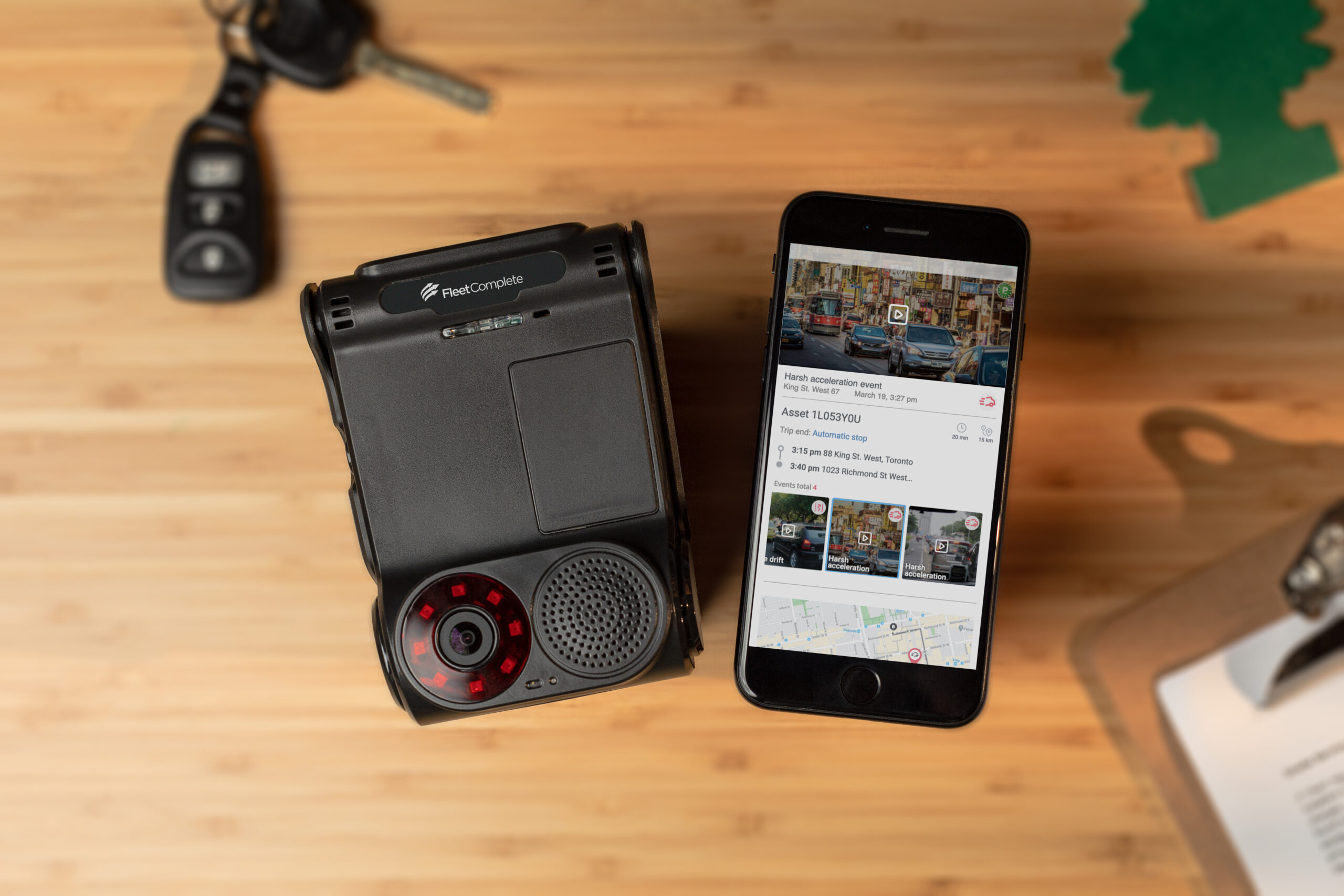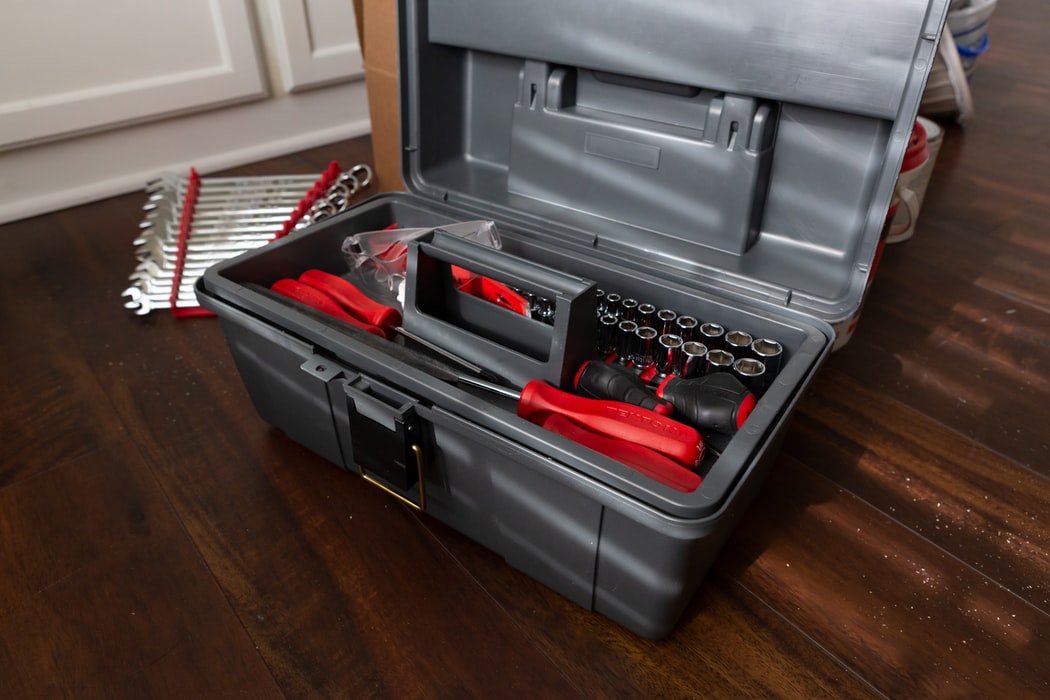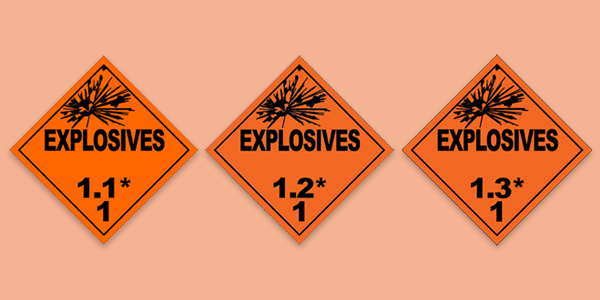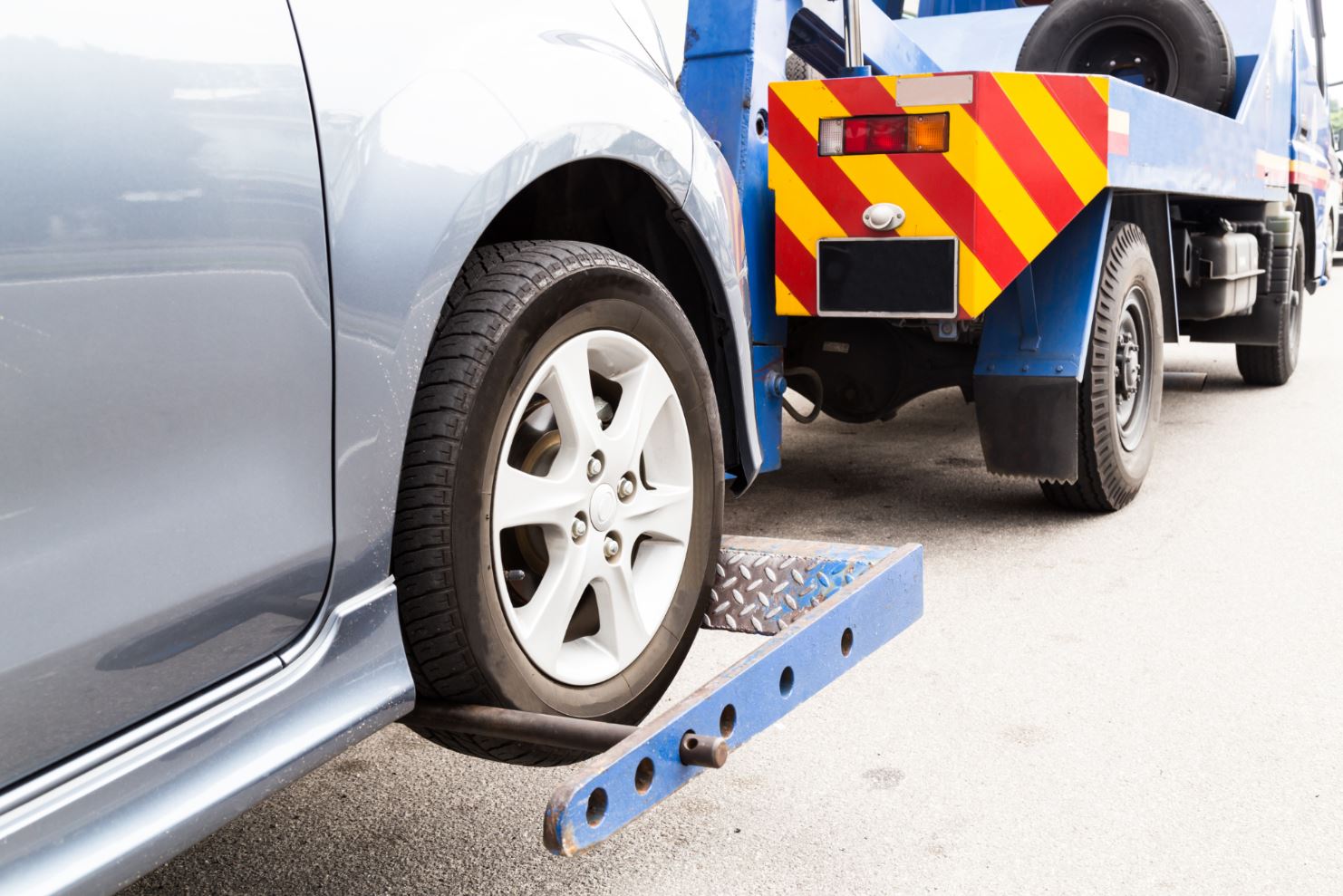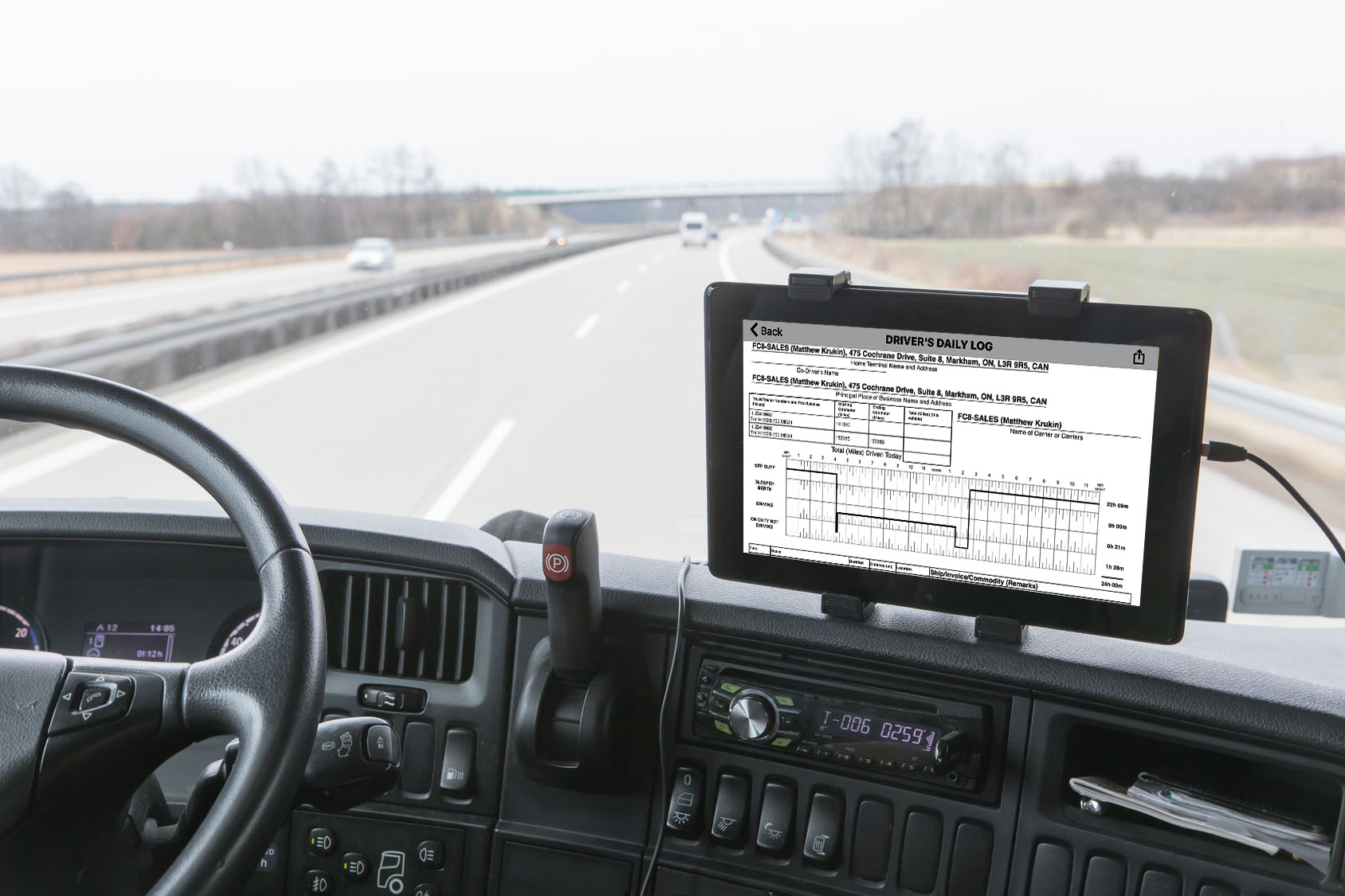The benefits of using the FMCSA’s Safety Measurement System (SMS) to improve your fleet’s safety ranking and DOT profile.
Last week, our Head of Safety, Compliance and Regulatory Affairs, Marc Moncion, explained the functionality of the CSA Safety Measurement System. We had a great turn-out and attendees were able to ask Marc any questions they had about the industry. The recording of the webinar and Marc’s answers are shared below!
Watch the webinar recording if you want to review material or missed it! Or download the presentation from the webinar here.
Here are the questions and Marc’s answers from the end of the session:
Where can I go to have my CSA questions answered?
Questions about CSA can be answered at the CSA Website through one of three methods:
a. Browse the CSA Website’s Help Center, which has many documents covering the different aspects of CSA.
b. Search the website’s Frequently Asked Questions.
c. If the first two methods are unsuccessful, submit your question at the CSA Feedback Page or call the Communications & Outreach Team at 877-254-5365 to receive an answer directly.
Do we have to keep a random test certificate in each truck? (RE: alcohol/drugs)
Random test certificates are to be kept at the motor carrier’s principal place of business and not in a truck. For your convenience, I have included a link to the record-keeping requirements for employers in compliance with the drug and alcohol program in the United States.
How is the time weight number selected?
The time wait number is selected based on the date when a violation occurred.
| Age of violation | Weight |
| ≤ 6 months | 3 |
| 6 – 12 months | 2 |
| 12 – 24 months | 1 |
Are the warning violations (not ticketed) weighted the same?
Violations are weighted by severity. The more severe the violation, the higher the weighted number will be.
If we hire a new driver, do they get added to the SMS at their first inspection? Or do I need to add them to my fleet?
All violations count on a motor carrier’s SMS, not just out-of-service violations, and that their performance impacts their Pre-Employment Screening Program records and the SMS record of the carrier they are working for. Driver violations will follow a driver, but will not count on the SMS of a new motor carrier.
Are crashes that are not your driver’s fault counted against the company’s rating?
All FMCSA reportable crashes, without any determination as to responsibility, are included in a motor carrier’s SMS. With that being said you can submit a data Q challenge if you want the crash event reviewed by going to https://dataqs.fmcsa.dot.gov/MyDataQs/
You will then be prompted to select why you want to have a crash event reviewed. If you want to request a review of a post-crash inspection, you will have to go back and select the “Inspections/Violations” option.
You will then be asked to choose the reason why you want the crash information reviewed. Do NOT submit a new request to an already closed one unless instructed to do so.
- Not Mine (wrong motor carrier or driver)
- Not an FMCSA-reportable crash
- Crash could not be prevented
- Duplicate (same crash listed multiple times)
- Crash record missing from carrier or driver report
- Crash report contains incorrect information (for example, an incorrect fatality count)
- Post-crash inspection
- Other/I don’t know
To review the definition of an FMCSA-reportable crash, I have included an explanation below.
You required to report a crash to FMCSA if it involves the following:
- Any truck having a gross vehicle weight rating of more than 10,000 pounds or a gross combination weight rating over 10,000 pounds used on public highways;
OR - Any motor vehicle designed to transport more than eight people, including the driver;
OR - Any vehicle displaying a Hazardous Materials (HM) placard (regardless of weight). A vehicle discovered to be transporting HM without a required placard should also be included.
AND - That vehicle is involved in a crash while operating on a roadway customarily open to the public, which results in any of the following:
- A fatality: any person(s) killed in or outside of any vehicle (truck, bus, car, etc.) involved in
the crash or who dies within 30 days of the crash as a result of an injury sustained in the crash;
OR - An injury: any person(s) injured as a result of the crash who immediately receives medical treatment away from the crash scene;
OR - A towaway: Any motor vehicle (truck, bus, car, etc.) disabled as a result of the crash and transported away from the scene by a tow truck or other vehicle.
- A fatality: any person(s) killed in or outside of any vehicle (truck, bus, car, etc.) involved in
For your convenience, I have included a link to the FMCSA’S Crash Indicator BASIC Factsheet, which should answer all your questions pertinent to this specific BASIC.
If we use leased O/O, aren’t they supposed to go under our DOT authority?
That would depend on the contract language written in your O/O contract. Currently that’s what we do, therefore all violations go against our authority. If an O/O is operating under your authority, then yes all violations go against our authority.
How does the CSA rating compare with the EMR ratings given by insurance industry? Is there a direct correlation or is the CSA information used to develop the EMR rating
The Crash Indicator Behavior Analysis and Safety Improvement Category (BASIC) is one of seven categories that the Federal Motor Carrier Safety Administration (FMCSA) uses to determine how a motor carrier ranks relative to other carriers with a similar number of safety events (i.e., inspections, violations, or crashes).
At present, the Crash Indicator BASIC can only be seen by enforcement personnel or by a motor carrier that is logged into its own safety profile; it is not publically available. FMCSA defines the Crash Indicator BASIC as histories or patterns of high crash involvement, such as frequency and severity. It is based on information from State-reported crashes that meet reportable crash standards. The Crash Indicator BASIC uses crash history that is not specifically a behavior but instead the consequence of a behavior or set of behaviors. The consequence of a behavior(s) can point to a problem that needs attention.
State-reported crashes raise the percentile rank of the Crash Indicator, which indicates lower safety compliance. FMCSA’s Safety Measurement System (SMS) does not currently factor in crash accountability; the agency is researching how this may be incorporated in the future.
An EMR or experience modification rating (also called a MOD rating or factor) is used to price workers’ compensation insurance premiums. Think of it like your credit score or car driving history, where third parties consider your history as an indication of future risk.
Where or to whom do you turn in incidents that happened at roadsides?
To the motor carrier that you work for.
What are Acute and Critical Violations?
The Federal Motor Carrier Safety Administration (FMCSA) includes investigation findings (e.g., what FMCSA or State Partners find during a motor carrier investigation) when assessing Behavior Analysis and Safety Improvement Category (BASIC) performance.
The Investigation Results Details tab provided in the Safety Measurement System Website displays an “Acute/Critical Violation Found” icon when an investigation conducted within the previous 12 months resulted in the discovery of Acute and/or Critical Violations within a BASIC. Acute and Critical Violations are defined below.
- Acute Violations
• Violations where noncompliance is so severe that they require immediate corrective action by a motor carrier, regardless of its overall safety posture (e.g., failing to implement an alcohol and/or controlled substance testing program). - Critical Violations
• Violations which relate directly to the carrier’s management and/or operational controls and are indicative of breakdowns in a carrier’s management controls (pattern of violations, e.g., false reports of records of duty status).
The “Acute/Critical Violation Found” icon will be displayed in the carrier’s Investigation Results for the BASIC for 12 months following the date of the investigation. Select this link to view the list of Acute and Critical Violations.
How does a carrier receive a safety rating?
Carriers can only receive safety ratings following an on-site investigation (i.e., a compliance review as defined in 49 CFR Part 385) conducted at the carrier’s place of business. The rating is either Satisfactory, Conditional, or Unsatisfactory. The safety rating methodology can be found in 49 CFR Part 385 of the Federal Motor Carrier Safety Regulations.
A safety rating is issued to a carrier based on the results of the last on-site investigation. The Federal Motor Carrier Safety Administration (FMCSA) may upgrade the safety rating if a carrier prevails in an administrative review proceeding as outlined in § 385.15. Additionally, the carrier may request FMCSA to upgrade the rating by demonstrating required corrective action as outlined in § 385.17. In accordance to §§ 385.11 and 385.13, motor carriers that receive a final Unsatisfactory rating are deemed to be ‘unfit’ and are prohibited from operating a commercial motor vehicle in interstate commerce.
Are carriers from Canada and Mexico impacted by Compliance, Safety, Accountability (CSA)?
Generally, CSA affects Mexican and Canadian carriers subject to the Federal Motor Carrier Safety Regulations (FMCSRs), carriers transporting passengers or cargo in interstate commerce, and carriers of hazardous materials in intrastate commerce.
The Federal Motor Carrier Safety Administration has provided detailed answers to questions about the general applicability of the FMCSRs.














